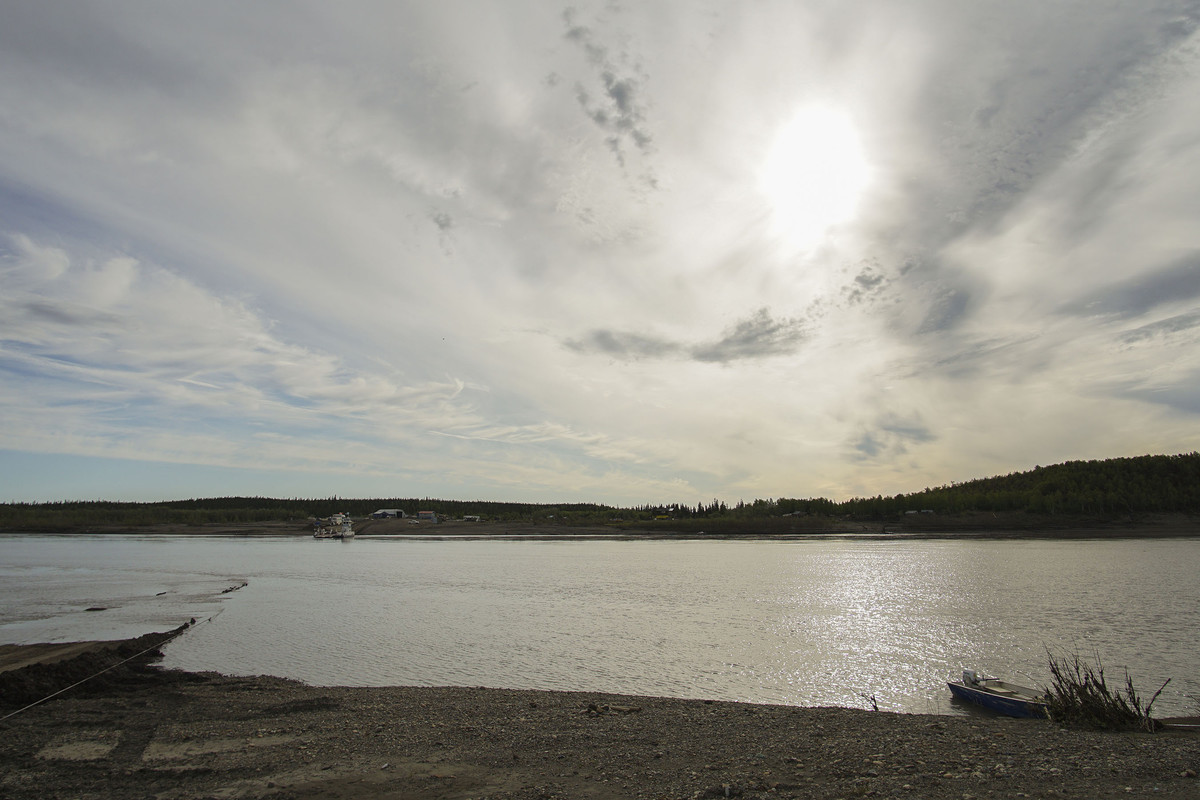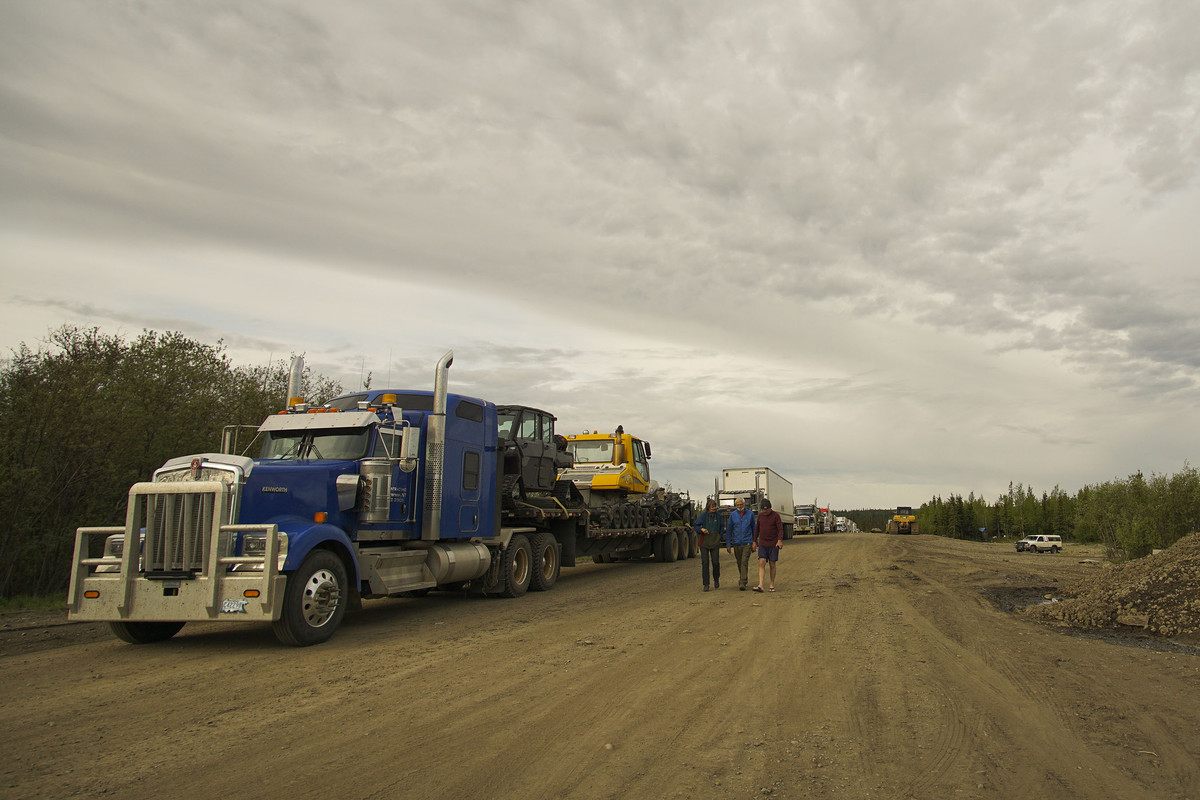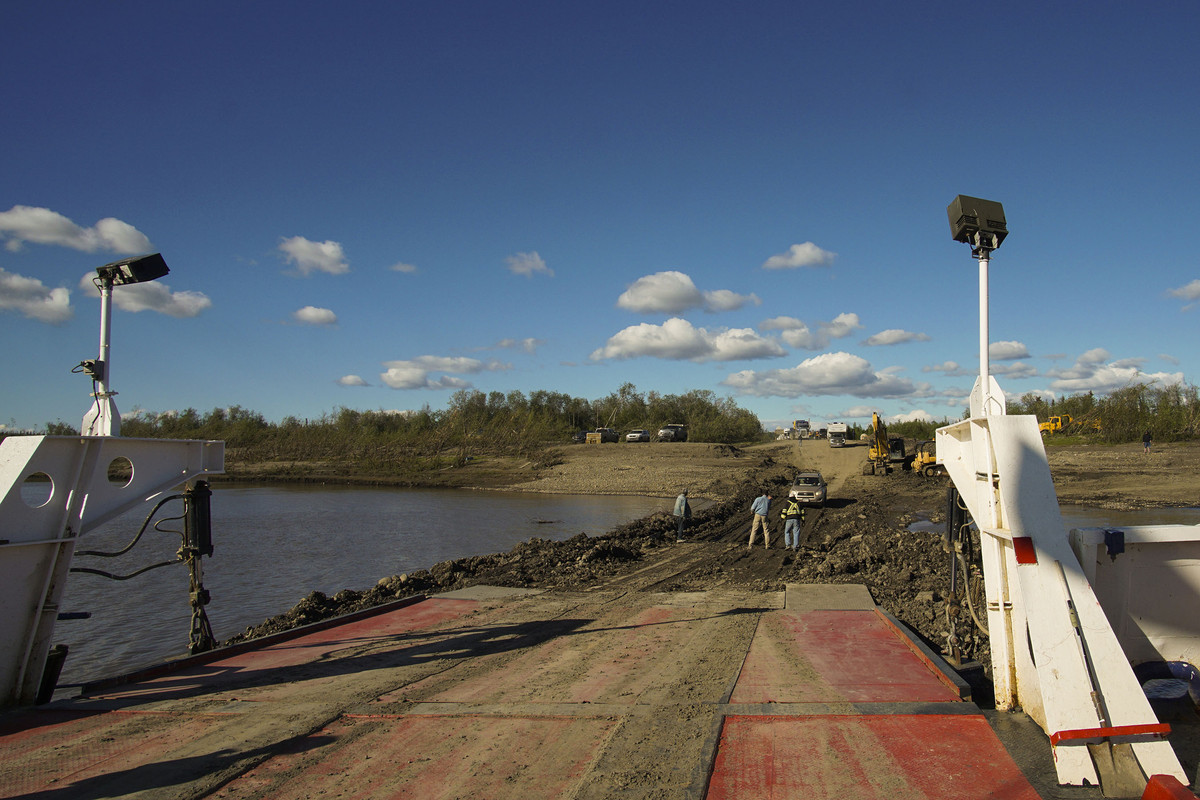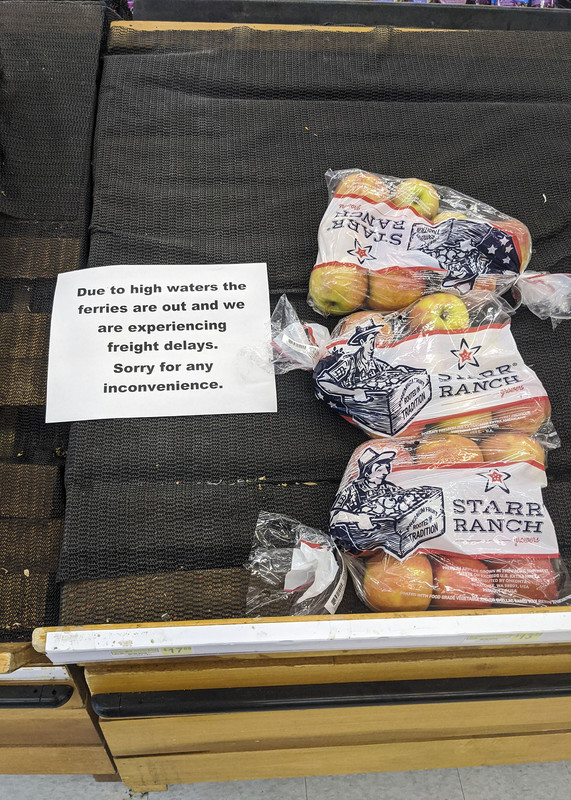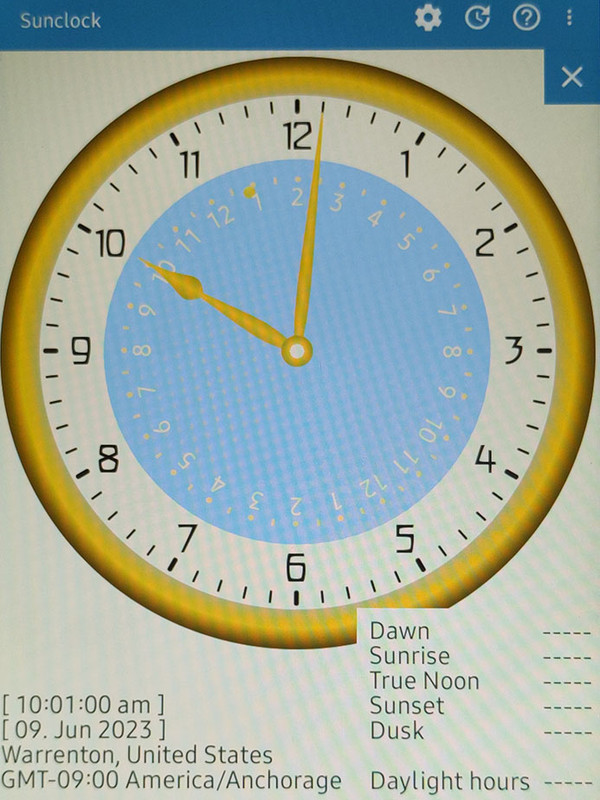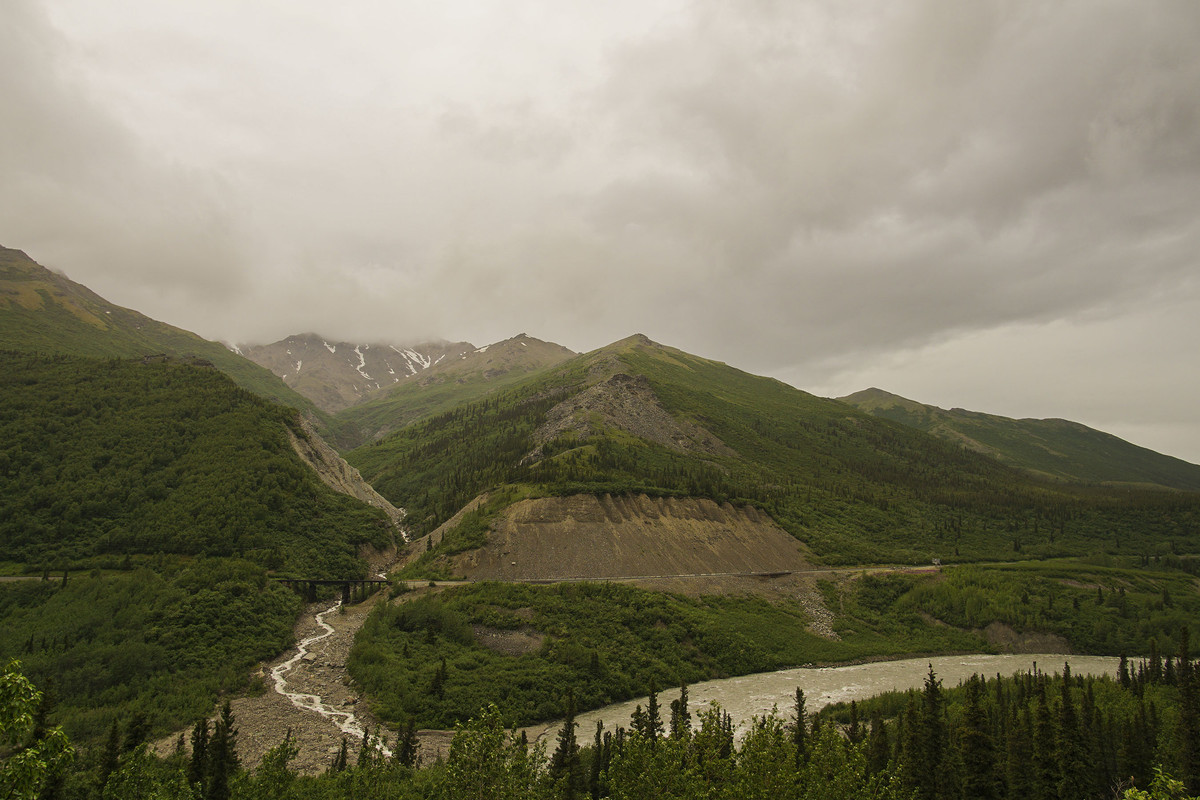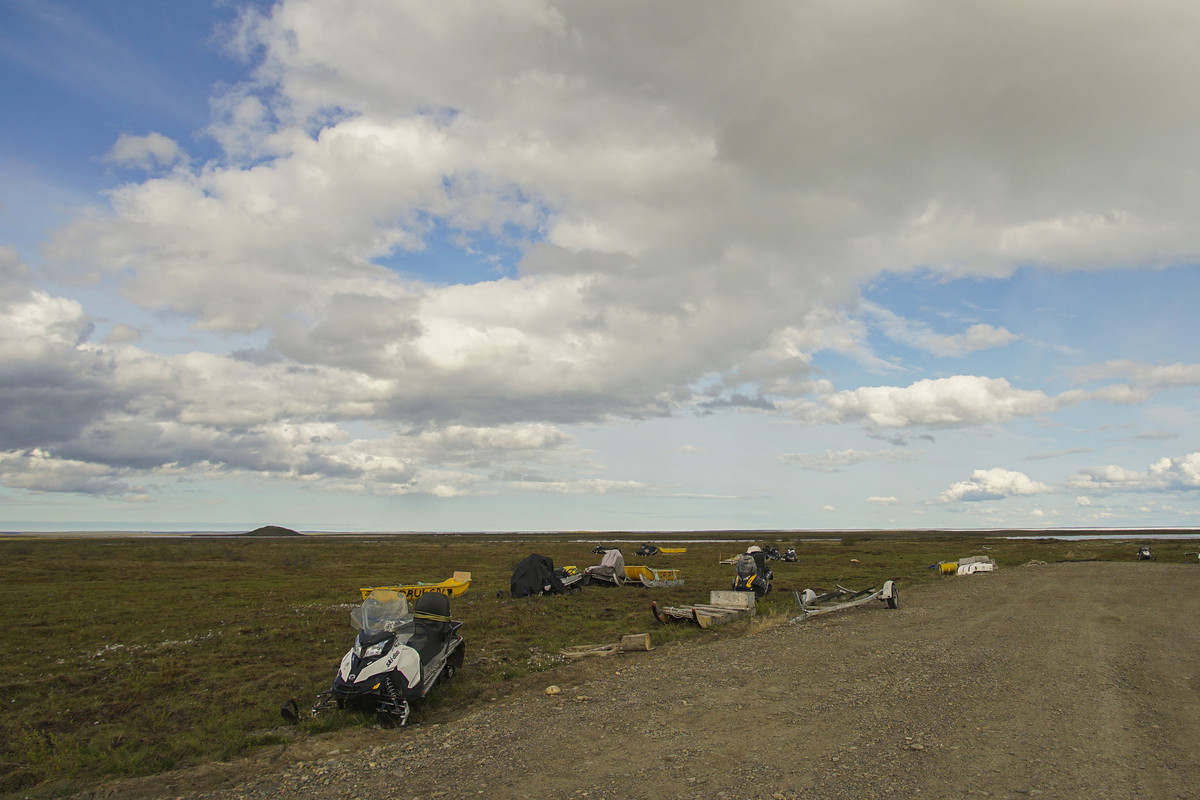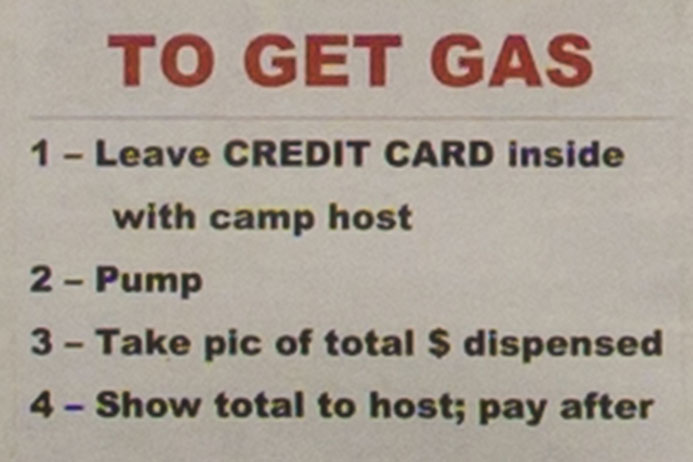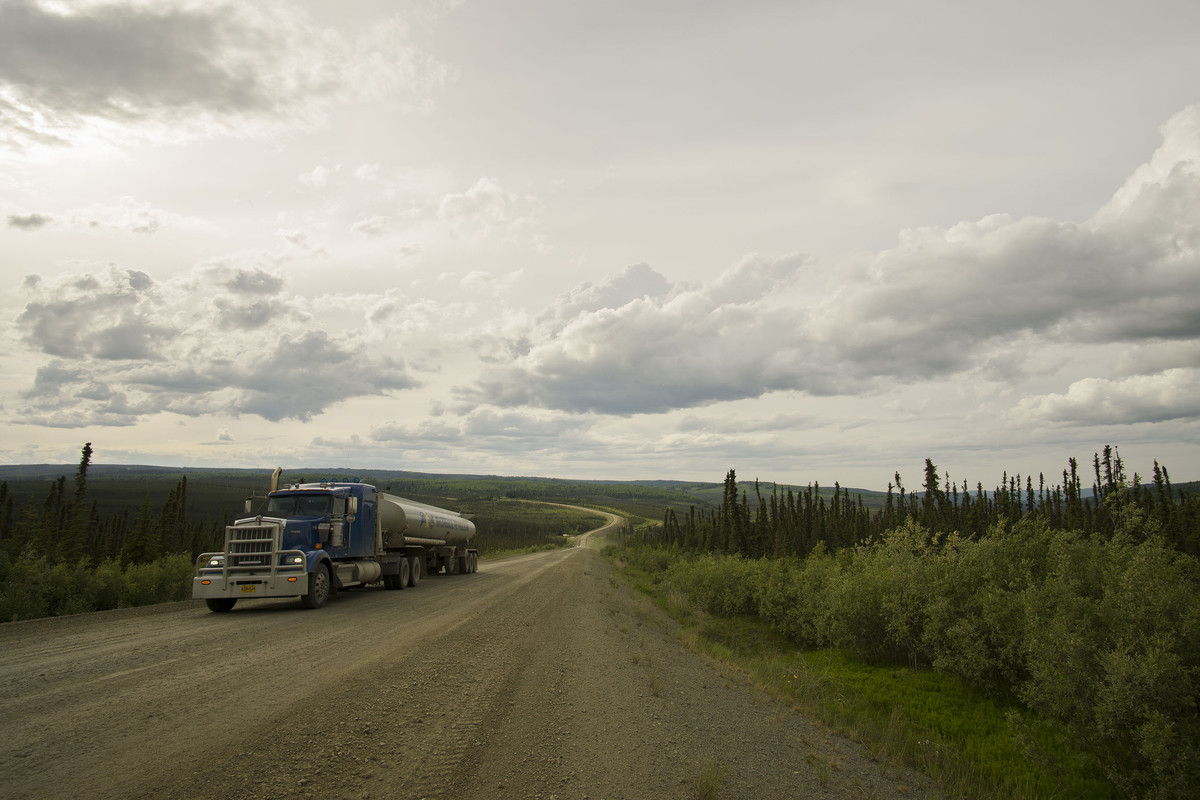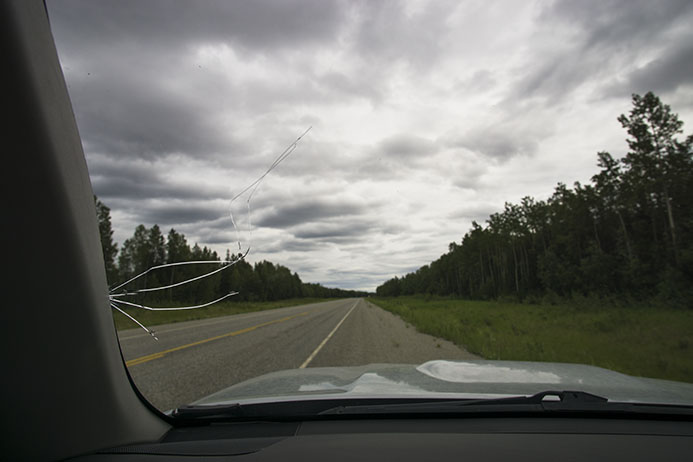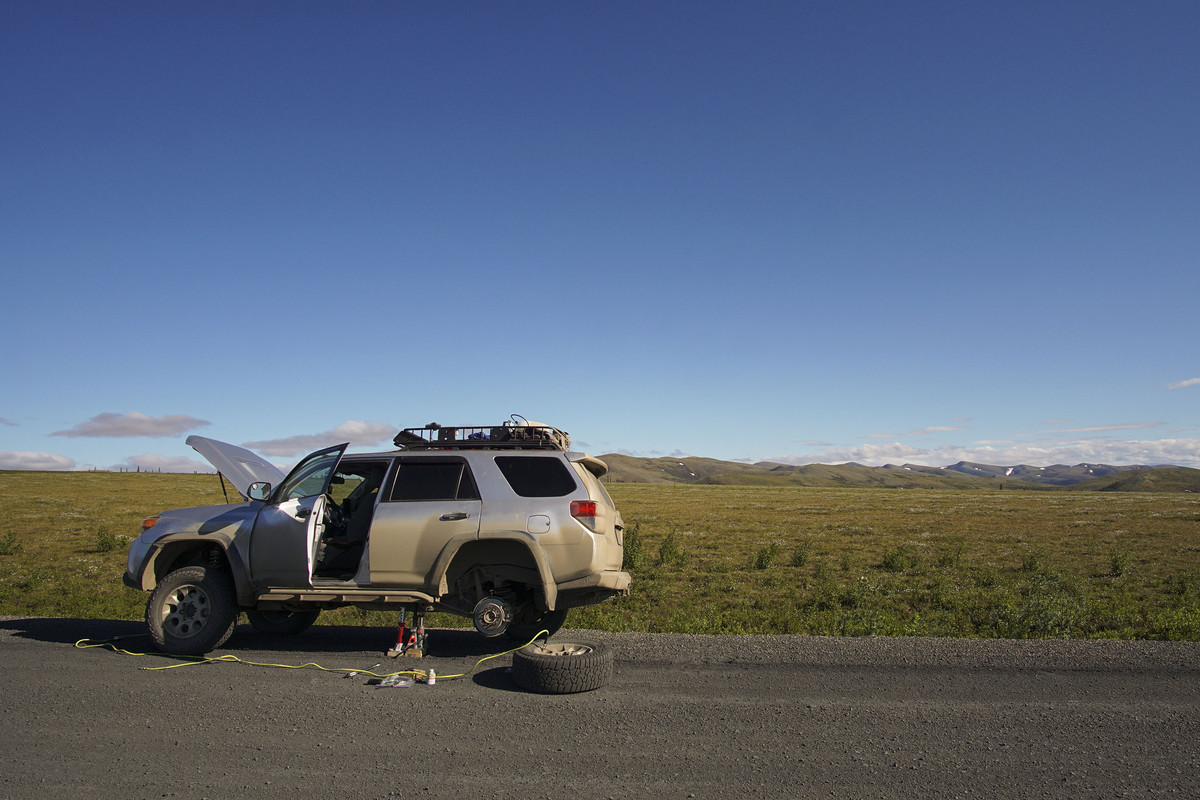Initially, the whole trip was supposed to be completed in one part. I wanted to park my car in a storage unit in Colorado, fly to California to see my relatives, and then come back after a few weeks to pick up the car and start the trip. It was truly a blessing that I had a change of heart and decided to test out the overlanding setup that I have been working on over the winter time.
The trip was eventually split into two parts, which allowed me to explore American West during the cooler months of the Spring, and American and Canadian North during the warmer months of the Summer. It so happened that events that occurred during the first part of the trip resulted in one month delay, which was perfect timing to start the second part of the trip.
The route for the trip was planned in such a way that it would take me through the lower part of the Enchanted Rockies route. I completed the first part of the route during Fall of 2021, and due to time limitations had to turn around right after reaching San Luis. I promised myself that I will come back on my way to CA.
One of the main reasons for this was a strange event on my last day of the trip. The final destination for that trip was Station of the Cross Shrine. I wanted to visit the shrine before turning around and heading back to Denver, CO. The problem was that I could not just drive up the hill on top of which the shrine was located, instead I would have to use street parking and then ascend a long walkway that takes to the top.

I convinced myself that it will take me an hour to explore this place, which will delay my return to Denver. Knowing that I have work the next day, I turned around and drove back.
Funny thing happened on the way back that made me question our life choices in general. While driving through one of the roads, I came across a road block. Construction crew was working on the road, and as it always happens, the traffic was stopped. Being somewhat seasoned interstate traveler, I got used to frequent road blocks, and knew that the best thing to do is to find a way to kill time.
This road block turned out to be a true test to everyone's patience. After a great deal of "negotiations" with construction crew, and about 45 minutes of waiting, I was finally on the way. The time that I could have spent exploring old shrine, I spent dealing with mundane nonsense. This event left a deep impression in my mind.

The second time around, I spent several hours wandering around this place. All of my obligations have been fulfill, and I was a free man with nowhere to rush. Environment was just right for photography, and the solitude of the place intensified the experience.
The major problem with the route that I have chosen was that it was created most likely several decades ago. This meant that parts of the route were either less traveled or completely forgotten. One of the most memorable moments was when I got to a rail road crossing, which at some point in time was partially filled with cement, allowing cars to pass through. After a while the cement has been destroyed, new rails put in place, and no new railroad crossing constructed.
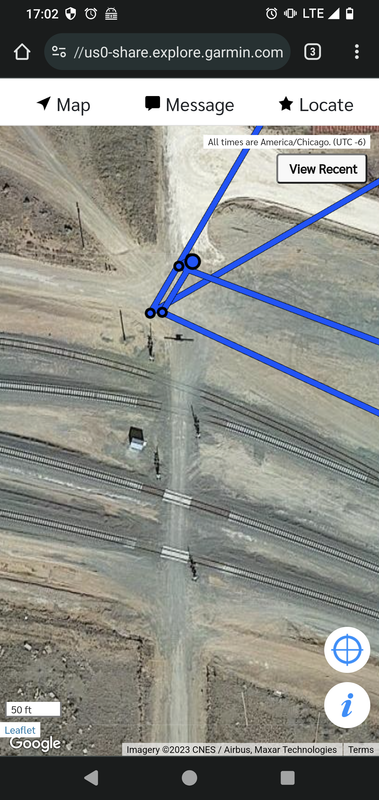
Waze, and Google maps would take me through that one railroad crossing.

GPS map, on the other hand, would take me far into the pastures where, at one time, was another railroad crossing.
After several attempts to pass through the railroad crossing that Waze was taking me through, I gave up and decided to try railroad crossing on the original route. It was about an hour past sunset, and I was driving through the fields eager to get across and establish camp for the night. Ten minutes later, I finally got to the destination where the railroad crossing should have been located. To my amazement, it was a gated passage. The gate had a chain with a rusty lock hanging from it, preventing any passage across. I found myself trapped, unable to get to the other side. Physically fatigued, and mentally exhausted, I established my camp right in front of the gate near the railroad. Frequent noise of passing by train became my lullaby this night.
I woke up at the break of dawn and carefully reassessed the situation. There was a cow crossing next to the locked gate, but this one has been closed a long time ago as well. I moved out to look at the other crossing once again. On the way I found a dirt road that I missed in the dark. Full of hope I moved along that road, and eventually came to the same road crossing Waze led me to the previous night.
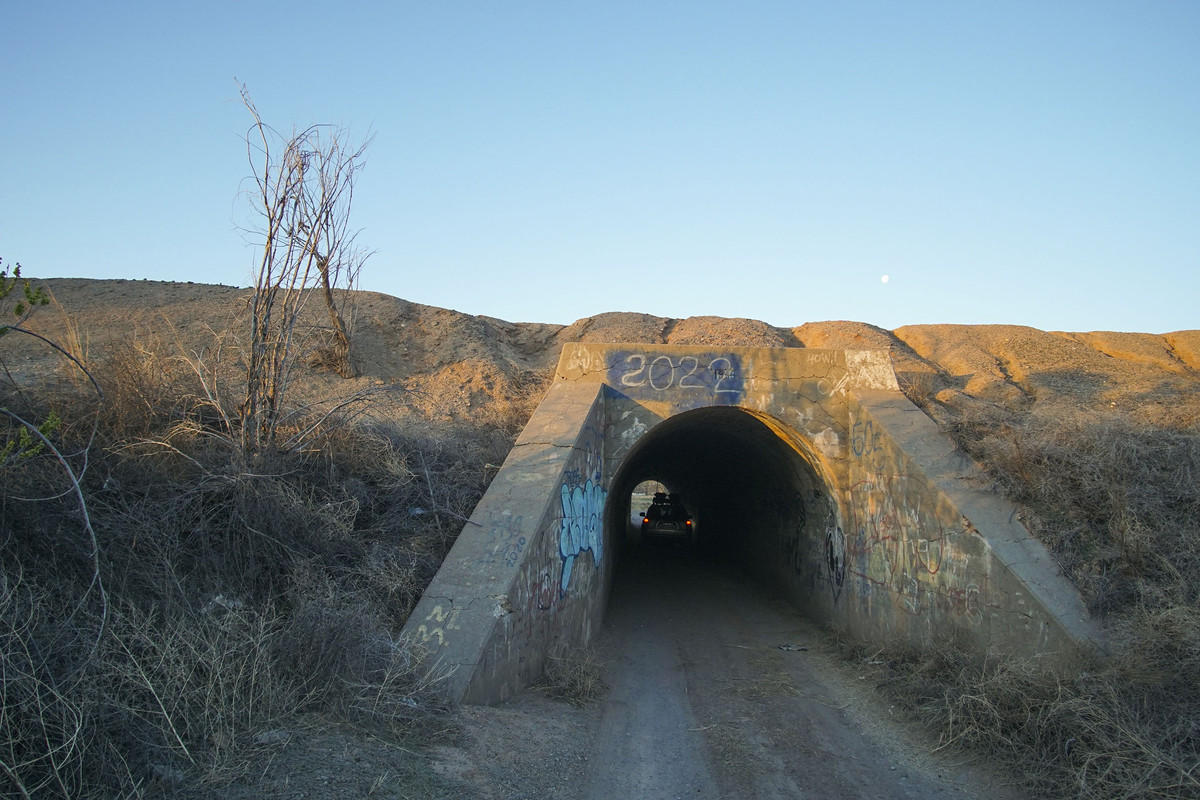
I decided to explore area to the opposite side, and finally stumbled upon a tunnel decorated in modern Indian pictograms that was small enough to fit my 4runner. Talking about the light at the end of the tunnel! I guess that is the route locals use in this area to get to the city. Things sure have changed. Once I reached the city of Vaghun, I couldn't hold the laugh when I was passing by a sign that said something like, "Thank you for visiting. Come back again."
The hardest thing was braking up habitual way of life. Living full-time on the road in a confined space of a 4Runner, and figuring out ways to do the same things that I would be doing if I was living in an apartment is mentally draining. Before this, the longest I spent overlanding was 4 days. After about a week since I left Airbnb, I found myself facing daily challenges of how I would do certain things. Research and new ways of doing things took away from driving time. Sometimes I found myself driving less than 100 mi a day. The rest of the time went to modifications, adjustments, and activities of daily living.
By about a month on the road, new habitual way of life set in, and all the things that were a drudgery became a new normal.
It has been several days since I started my journey, and cold Colorado climate was gradually displaced by warmer climate of the New Mexico. The landscape slowly changed to flat pastures. I found a secluded place on the side of the road to setup my camp.
The place was protected by several mounds that created a shelter from the main road. As I was taking in the view of the surrounding steppes, I noticed a group of local cows slowly making their way across the pastures. Smaller dots soon turned into larger silhouettes, and gradually I found myself surrounded by a local gang of cows.
Being a city boy, I didn't know how to react to unexpected guests. My backcountry hospitality skills were, and still are, very primitive. I just stood and starred at them in surprise. They were as curious as I was about a strange creature that appeared on "their property".
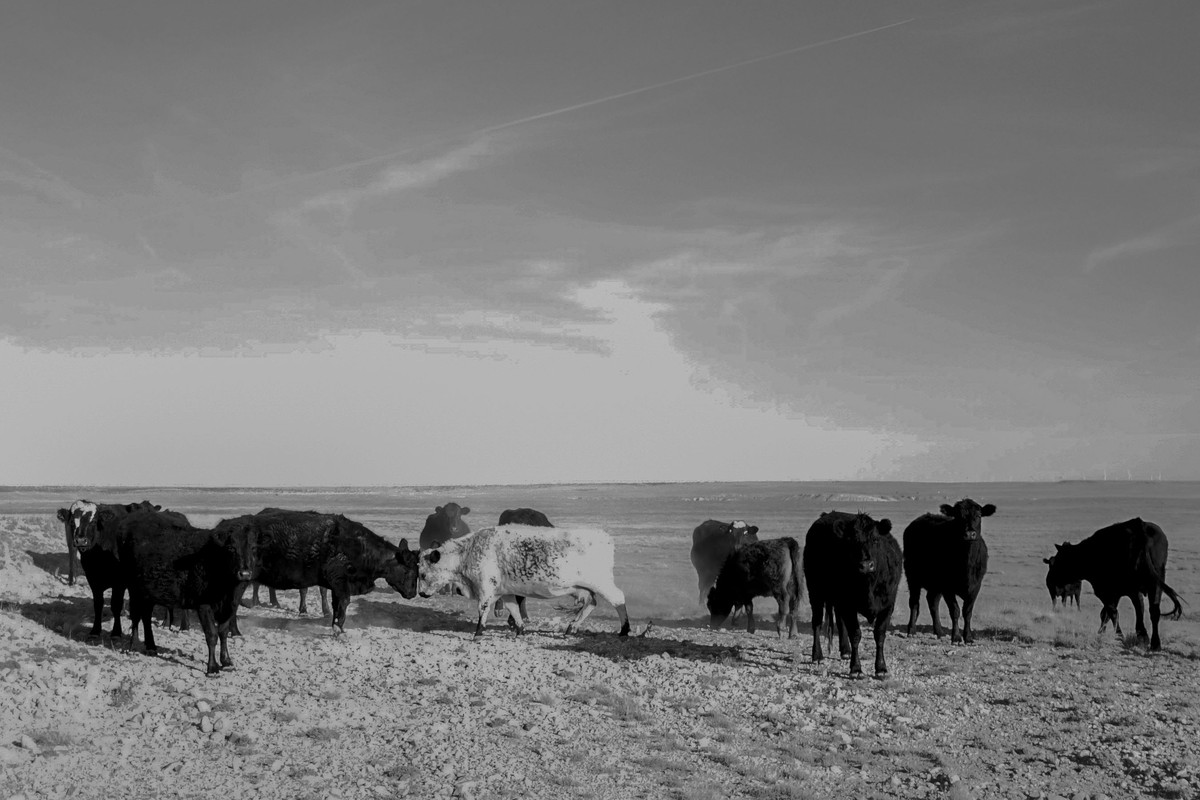
After a few minutes of starring at each other, some got tired of standing around and the atmosphere got spiced up with feats of strength.
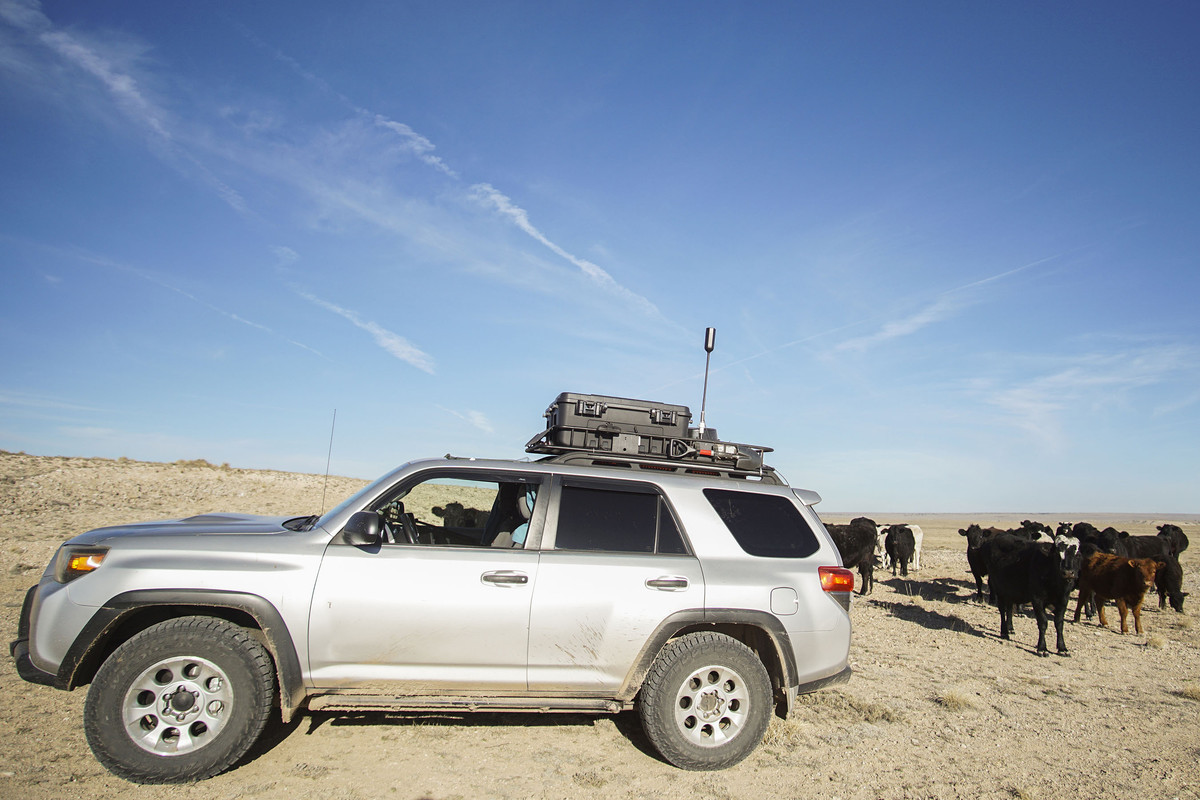
Others became extremely curious about the vehicle and all attention switched to my 4Runner. I wish I could have shared with them all the mods that I have done to the vehicle, and what it is like in my camper, but feeling that they may mean business I decided to abandon the camp.
The trip was eventually split into two parts, which allowed me to explore American West during the cooler months of the Spring, and American and Canadian North during the warmer months of the Summer. It so happened that events that occurred during the first part of the trip resulted in one month delay, which was perfect timing to start the second part of the trip.
Resources
Part 1: Colorado to California
Part 2: California to Alaska
Part 1: Colorado to California
This was my first long-term overlanding trip. The rest of the time I just did interstate travel for work using freeway system to get from point A to point B. While many may assure you that this is also overlanding, for me it became a nightmare. During this and subsequent portion of the trip, I was learning what overlanding is for me. The road became my teacher. Below are the most memorable moments that I can still recall with a smile.Overlanding is About a New Beginning
The route for the trip was planned in such a way that it would take me through the lower part of the Enchanted Rockies route. I completed the first part of the route during Fall of 2021, and due to time limitations had to turn around right after reaching San Luis. I promised myself that I will come back on my way to CA.
One of the main reasons for this was a strange event on my last day of the trip. The final destination for that trip was Station of the Cross Shrine. I wanted to visit the shrine before turning around and heading back to Denver, CO. The problem was that I could not just drive up the hill on top of which the shrine was located, instead I would have to use street parking and then ascend a long walkway that takes to the top.

I convinced myself that it will take me an hour to explore this place, which will delay my return to Denver. Knowing that I have work the next day, I turned around and drove back.
Funny thing happened on the way back that made me question our life choices in general. While driving through one of the roads, I came across a road block. Construction crew was working on the road, and as it always happens, the traffic was stopped. Being somewhat seasoned interstate traveler, I got used to frequent road blocks, and knew that the best thing to do is to find a way to kill time.
This road block turned out to be a true test to everyone's patience. After a great deal of "negotiations" with construction crew, and about 45 minutes of waiting, I was finally on the way. The time that I could have spent exploring old shrine, I spent dealing with mundane nonsense. This event left a deep impression in my mind.

The second time around, I spent several hours wandering around this place. All of my obligations have been fulfill, and I was a free man with nowhere to rush. Environment was just right for photography, and the solitude of the place intensified the experience.
Overlanding is About Discovery
04.09.23
Found myself in a pickle. Maybe years ago these maps were accurate, but not today. I am blocked off from access to civilization. Where there used to be an exit before, now is a gate locked with chains. Tried to use Waze to get me out of these cow fields. Waze rerouted me to a road that long time ago passed through train tracks. I guess that road wasn't used as much, so when they laid new rails, they didn't put concrete over them. Had to establish camp right in front of locked gate. Will figure things out in the morning.
34.61557,-105.18013 camp
The major problem with the route that I have chosen was that it was created most likely several decades ago. This meant that parts of the route were either less traveled or completely forgotten. One of the most memorable moments was when I got to a rail road crossing, which at some point in time was partially filled with cement, allowing cars to pass through. After a while the cement has been destroyed, new rails put in place, and no new railroad crossing constructed.

Waze, and Google maps would take me through that one railroad crossing.

GPS map, on the other hand, would take me far into the pastures where, at one time, was another railroad crossing.
After several attempts to pass through the railroad crossing that Waze was taking me through, I gave up and decided to try railroad crossing on the original route. It was about an hour past sunset, and I was driving through the fields eager to get across and establish camp for the night. Ten minutes later, I finally got to the destination where the railroad crossing should have been located. To my amazement, it was a gated passage. The gate had a chain with a rusty lock hanging from it, preventing any passage across. I found myself trapped, unable to get to the other side. Physically fatigued, and mentally exhausted, I established my camp right in front of the gate near the railroad. Frequent noise of passing by train became my lullaby this night.
I woke up at the break of dawn and carefully reassessed the situation. There was a cow crossing next to the locked gate, but this one has been closed a long time ago as well. I moved out to look at the other crossing once again. On the way I found a dirt road that I missed in the dark. Full of hope I moved along that road, and eventually came to the same road crossing Waze led me to the previous night.

I decided to explore area to the opposite side, and finally stumbled upon a tunnel decorated in modern Indian pictograms that was small enough to fit my 4runner. Talking about the light at the end of the tunnel! I guess that is the route locals use in this area to get to the city. Things sure have changed. Once I reached the city of Vaghun, I couldn't hold the laugh when I was passing by a sign that said something like, "Thank you for visiting. Come back again."
Overlanding is About Adaptation
The hardest thing was braking up habitual way of life. Living full-time on the road in a confined space of a 4Runner, and figuring out ways to do the same things that I would be doing if I was living in an apartment is mentally draining. Before this, the longest I spent overlanding was 4 days. After about a week since I left Airbnb, I found myself facing daily challenges of how I would do certain things. Research and new ways of doing things took away from driving time. Sometimes I found myself driving less than 100 mi a day. The rest of the time went to modifications, adjustments, and activities of daily living.
By about a month on the road, new habitual way of life set in, and all the things that were a drudgery became a new normal.
Overlanding is About Making New Friends
It has been several days since I started my journey, and cold Colorado climate was gradually displaced by warmer climate of the New Mexico. The landscape slowly changed to flat pastures. I found a secluded place on the side of the road to setup my camp.
The place was protected by several mounds that created a shelter from the main road. As I was taking in the view of the surrounding steppes, I noticed a group of local cows slowly making their way across the pastures. Smaller dots soon turned into larger silhouettes, and gradually I found myself surrounded by a local gang of cows.
Being a city boy, I didn't know how to react to unexpected guests. My backcountry hospitality skills were, and still are, very primitive. I just stood and starred at them in surprise. They were as curious as I was about a strange creature that appeared on "their property".

After a few minutes of starring at each other, some got tired of standing around and the atmosphere got spiced up with feats of strength.

Others became extremely curious about the vehicle and all attention switched to my 4Runner. I wish I could have shared with them all the mods that I have done to the vehicle, and what it is like in my camper, but feeling that they may mean business I decided to abandon the camp.
Last edited:


